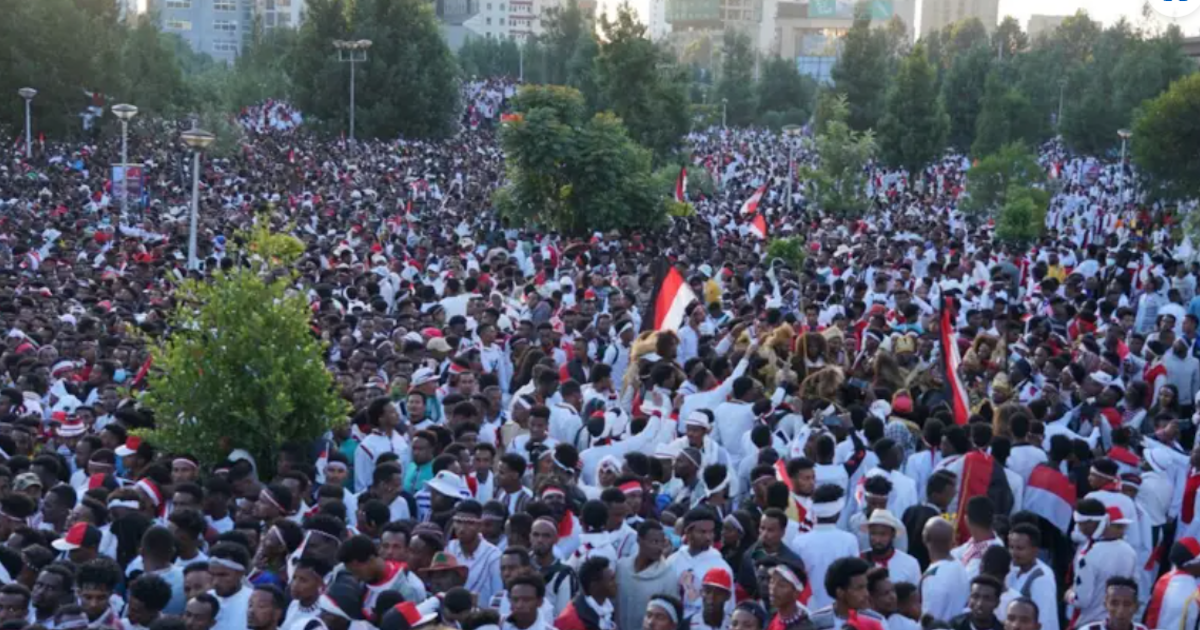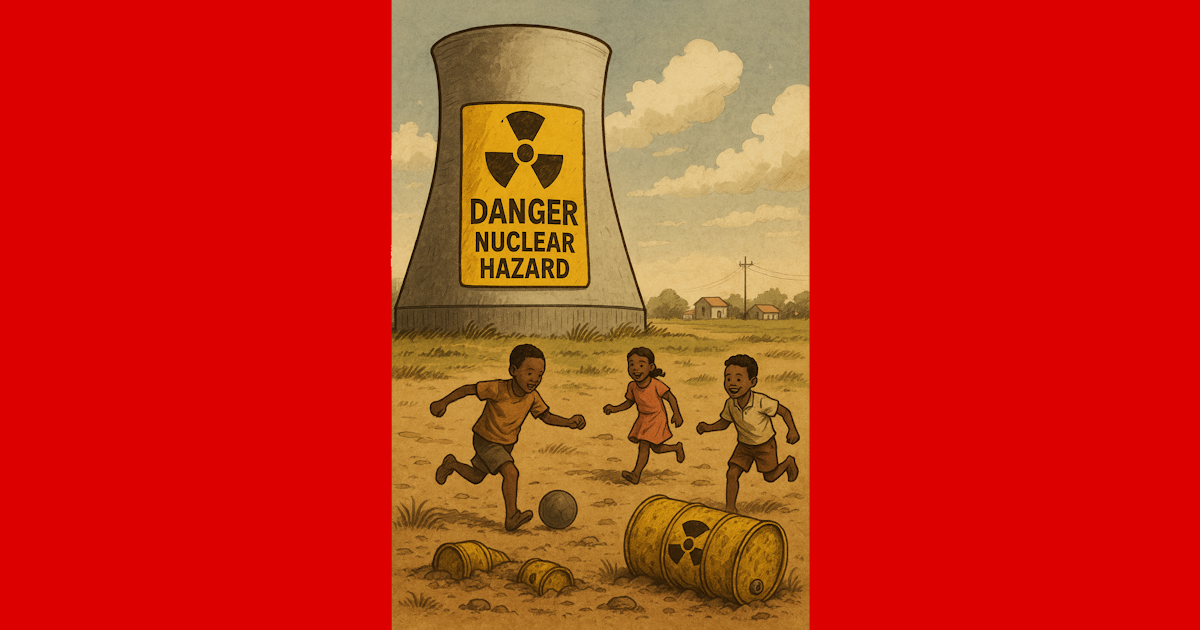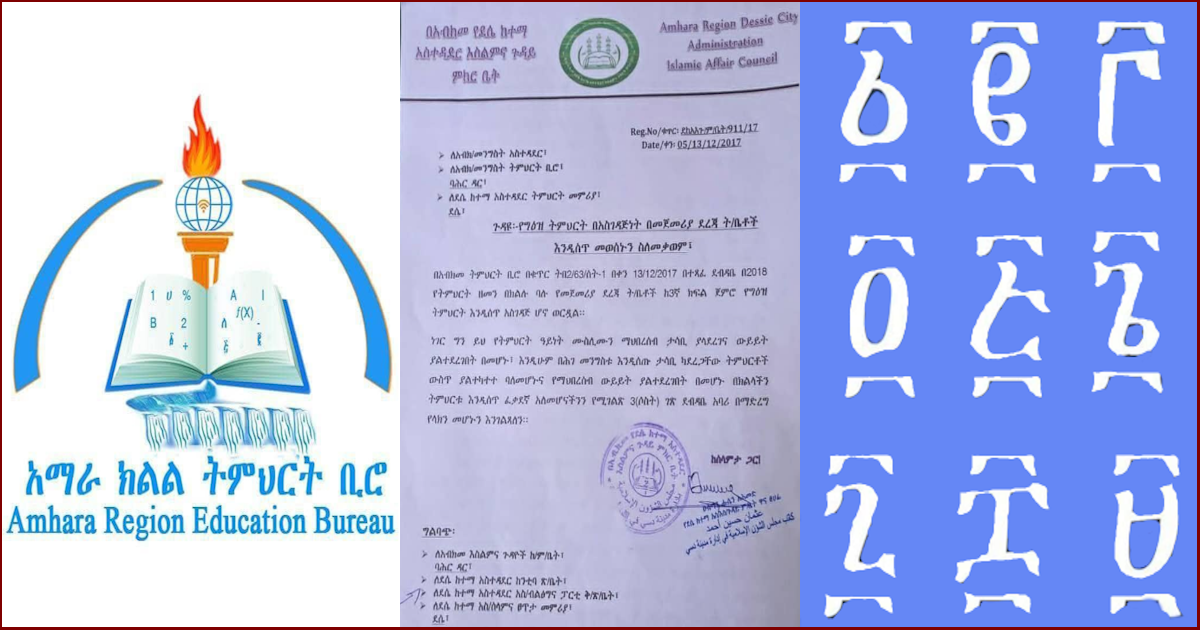OLF-OLA, the Northern Alliances, and the Oromo Cause: Tactics vs. Principles
Excerpt
As Ethiopia fractures under war and repression, the OLF-OLA faces a defining choice: whether to enter tactical alliances with northern forces like the TPLF or Amhara Fano. While such coalitions might pressure the regime, they risk undermining Oromo self-determination. Ideological incompatibility, historical trauma, and reputational damage loom large. The path forward demands strategic clarity — aligning with Oromo national interests, guarding hard-won legitimacy, and refusing shortcuts that could betray the very cause the movement exists to serve.
Introduction
“Alliances forged in crisis must still serve the future we are fighting for.”
“Even alliances born of necessity must never betray the future they aim to secure.”
As Ethiopia continues to fragment under the weight of war, repression, and contested nationhood, political and military actors are recalibrating their alliances. Among them, the Oromo Liberation Army (OLF-OLA) stands at a critical crossroads.
Should the OLF-OLA align with the northern forces like the Tigray People’s Liberation Front (TPLF) or Amhara Fano to fight Abiy’s regime? Or would that risk betraying the Oromo struggle it exists to lead?
This essay examines the opportunities and dangers of such an alliance and argues that the OLA must act with strategic clarity and ideological discipline to safeguard its hard-won legitimacy.
The Tactical Opportunities
1. Coordinated Pressure on the Regime
All three forces — OLA, TPLF, and various Fano factions — oppose the central government. A multi-front challenge could stretch the Ethiopian National Defense Forces (ENDF) thin and open pathways to negotiation or regime collapse.
2. Diplomatic Synergy — With Clear Limits
The TPLF maintains valuable diplomatic experience, and alliances may appear to offer international visibility. However, it is important to note that the OLF-OLA has achieved its own diplomatic recognition, participating in two UN-, EU-, and US-mediated peace talks in Tanzania.
Rather than needing northern actors for recognition, the OLA risks losing its independent standing by entering an alliance that compromises its unique voice and moral authority.
3. Logistical and Operational Support
The TPLF’s history of armed struggle brings with it battle-tested experience, intelligence infrastructure, and supply routes that may temporarily benefit OLA operations.
Some Fano groups have shown localized strength — but lack consistency and cohesion, which limits their usefulness as partners.
Understanding the Amhara Fano Factor
Unlike the TPLF, Amhara Fano is not a single organization. It is a fragmented network of loosely connected militias, some competing with one another, others driven by hardline Amhara nationalism.
Amhara Fano’s recent rise does not come with structured leadership or a clear political vision — and many of its elements have been implicated in ethnic violence against Oromo civilians. Tactical collaboration here carries high reputational and moral risk.
The Strategic Pitfalls
1. Ideological Incompatibility
The OLF-OLA stands for Oromo self-determination, potentially including full independence. For the TPLF, multinational federalism was less a conviction than a convenient framework to safeguard Tigray’s interests and access federal resources. Amhara Fano pushes for a unitary state that erases regional autonomy altogether.
These visions are inherently irreconcilable.
2. Historical Trauma
The Oromo remember the repressive EPRDF era under TPLF rule, and Amhara Fano militias have perpetrated recent atrocities against Oromo civilians. Partnering with such groups could be seen as a betrayal by the Oromo public.
3. Loss of Grassroots Legitimacy
The OLA’s strength comes not only from its armed resistance, but from its moral legitimacy among Oromo communities. Aligning with historically oppressive forces may erode this trust.
4. Tactical Exploitation
TPLF or Amhara Fano may use the OLA for short-term gain, only to marginalize or abandon it in future negotiations.
5. Guilt by Association
TPLF and Amhara Fano have been accused of war crimes and ethnic violence. Close association could damage the OLA’s international image and hinder its case as a legitimate liberation movement.
6. Risking Diplomatic Recognition
The OLF-OLA has secured formal international recognition, including participation in peace talks mediated by the UN, EU, and USA. Any entanglement in a northern-led bloc could jeopardise its hard-won diplomatic position.
Strategic Recommendations
- Limit alliances to tactical, time-bound coordination — no strategic entanglement or joint political programs.
- Formalise engagements with written terms and red lines.
- Maintain transparency with Oromo civil society and diaspora.
- Guard OLA’s independent diplomatic profile.
- Prioritise Oromo national goals above all else.
Conclusion
In an increasingly chaotic Ethiopian political landscape, alliances may seem like shortcuts to victory. But for the OLF-OLA, whose mandate is built on the Oromo people’s historic right to freedom, not all allies are equal, and not all alliances are worth the cost.
The movement must remain disciplined, principled, and independent. Any short-term gain achieved through the wrong partnership could undermine the long-term vision — a free, self-determined Oromia, guided by the will of its people.
“The road to liberation is long — and must not be paved with compromises that erase the very cause it seeks to realise.”
References
- OT Editorial, The Habesha Axis and the Horn’s Tipping Point, 29 May 2025, OROMIA TODAY.
- Marew Abebe Salemot, Why did peace talks fail in Ethiopia with the Oromo Liberation Front?, 4 January 2024, LSE Africa Blog.
- Marishet Mohammed Hamza, TPLF–OLA alliance is a prelude to Tigray’s secession , 2 September 2021, Ethiopia Insight.
- Al Jazeera, Ethiopia armed group says it has alliance with Tigray forces, 11 August 2021, Al Jazeera.
- Abbiyu Galata, OLF and TPLF: Major Issues and Outcomes of a Decade of Negotiations since 1991, Vol 10, Nos. 1 & 2, pp 67-90, 2003, Journal of Oromo Studies.





